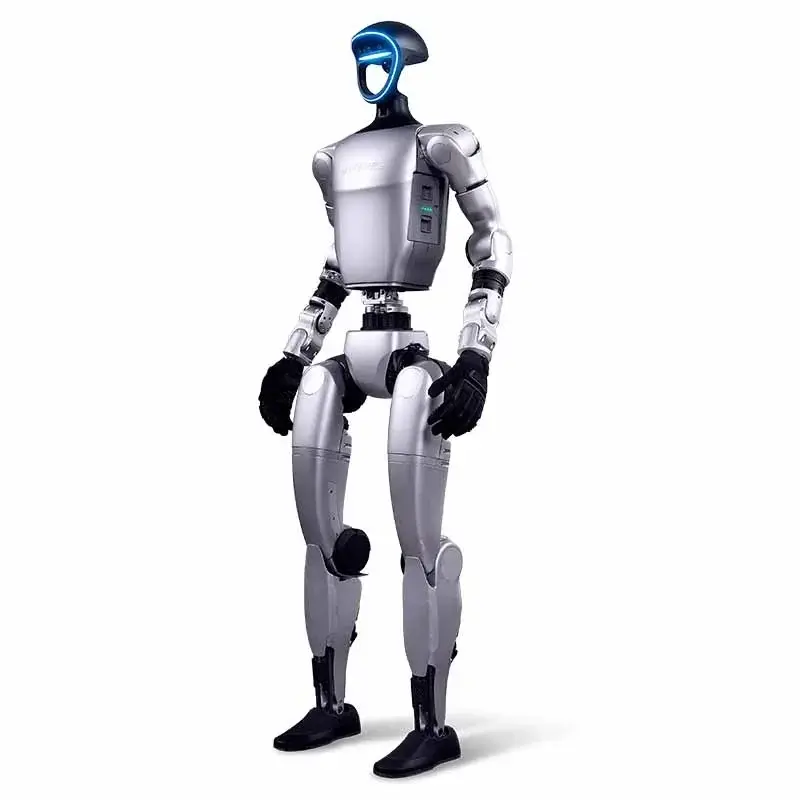Unleashing Precision and Efficiency: A Comprehensive Guide to Cabinet CNC Machine Tools
In today’s competitive manufacturing world, precision and efficiency are non-negotiable. For industries ranging from custom furniture and architectural carpentry to aerospace enclosures and industrial control cabinets, CNC (computer numerical control) machining has revolutionized production. Specifically, cabinet CNC machines, including milling machines, milling machines and machining centers designed specifically for panel machining, have become indispensable tools. This guide delves into their capabilities, benefits and the critical role they play in modern manufacturing, while highlighting how complex hardware requirements can be met with advanced solutions.
Learn about cabinet CNC machine tools
Cabinet CNC machines refer to computer-controlled equipment optimized for cutting, drilling, engraving and shaping materials such as wood, MDF, plywood, plastics and composites into precision components used in cabinetry and enclosure systems. Unlike manual methods, these machines follow digital designs (CAD/CAM files) with micron-level precision. The core operations they perform include:
- Profile cutting:Create cabinet sides, doors and shelves with complex contours.
- Grooving/Drilling: Joints (such as dovetails), hinge cup holes, and system holes that form adjustable shelves.
- Engraving/embossing: Add decorative texture or branding.
- 3D carving: Make complex door panels or decorative moldings.
These machines range from entry-level 3-axis routers (handling X, Y, Z motion) to advanced 5-axis systems capable of rotating workpieces to achieve complex geometries without the need for re-fixing.
Key advantages of cabinet making
- Accuracy and consistency: CNC machines eliminate human error. Identical parts can be infinitely replicated within tolerances accurate to ±0.005 inches, ensuring seamless assembly.
- Speed and efficiency: Compared with manual methods, automatic tool changing and continuous operation can reduce production time by 50-70%. Nesting software maximizes material utilization and minimizes waste.
- Complex design capabilities: 3D contours, parametric patterns and complex joinery (not possible with traditional tools) are all executed flawlessly.
- Reduce labor costs: One operator can manage multiple machines, reducing overhead while increasing output.
- Scalability: Ideal for customizing one-off products and high-volume batches.
Types of cabinet CNC machine tools
- 3-axis CNC milling machine: Cost effective for 2.5D cutting (contours, holes). Dominate in small shop or flat work.
- 5-axis CNC machine: The pinnacle of cabinetry. They can tilt and rotate materials to achieve undercuts, complex 3D carvings and compound angles in a single setup. They are indispensable for high-variety, small-batch production, such as luxury furniture.
- Nesting machine: Optimized for sheet metal, using algorithms to efficiently arrange parts (reducing scrap).
- peer-to-peer machine: Designed for high-speed drilling and hardware insertion.
Integrated high-precision metal parts
While CNC mills work well with wood and composite materials, cabinet systems often require critical metal hardware: precision hinges, brackets, drawer slides, locking mechanisms and custom fasteners. These metal parts require greater rigidity, tighter tolerances and advanced machining techniques beyond what wood CNC can offer. This is where working with a professional metal CNC manufacturer becomes crucial.
Why are cabinet hardware processed using five-axis CNC?
- complex geometric shapes: Five-axis capability allows simultaneous machining from multiple angles, which is critical for custom stands or ergonomic handles.
- Material diversity: Stainless steel, aluminum, brass and special alloys to withstand heavy loads and corrosion.
- tiny tolerances: reaches ±0.0005" Precision in frictionless mechanical parts.
- Surface finish quality: Direct milling eliminates secondary grinding/polishing.
Spotlight: GreatLight – Your partner for precision metal solutions
At GreatLight, we bridge the gap between cabinet machining and precision metal parts. As a professional five-axis CNC machining manufacturer, we empower our customers to:
- advanced technology: State-of-the-art five-axis CNC center capable of handling complex 5-axis contour parts.
- End-to-end service: From CAD optimization and material selection (aluminum, steel, titanium) to post-processing (anodizing, powder coating, polishing).
- Quick customization: Prototyping can be completed in a few days, from small batches to high-volume production, without compromising quality.
- Industry-agnostic expertise: Serving the aerospace, automotive, medical and consumer goods industries with ISO certified processes.
Whether you need custom knobs with submillimeter accuracy in aircraft-grade aluminum or stainless steel hinges, GreatLight ensures reliability at the best price. We comprehensively solve manufacturing challenges – ask us to take your cabinetry from functionality to excellence.
in conclusion
Cabinet CNC machines democratize high-quality manufacturing, making complex designs and repeatable accuracy easily achievable. However, the true potential of any cabinet system lies in the symbiosis of wood/plastic components and precision metal hardware. Investing in the right CNC technology for primary materials, while working with specialist partners like GreatLight for metal components, guarantees durability, functionality and aesthetics. In the age of customization and speed to market, this integrated approach is not only smart, but essential.
Transform your concepts into reality. Contact GreatLight today to get a quote for precision CNC machined metal parts – where innovation meets execution.
FAQ: Cabinet CNC Machine Instructions
Q1: Can a standard three-axis CNC milling machine process cabinet metal parts?
A: While basic milling machines can machine thin gauge soft metals, they lack the rigidity, torque and cooling systems of precision or hardened alloys. Complex or load-bearing metal hardware, such as hinges, require specialized CNC machining centers from experts like GreatLight.
Q2: What file formats are required for cabinet CNC processing?
A: Common formats include DXF, DWG for 2D outlines, and STEP or IGES for 3D models. GreatLight’s team supports all industry standard formats and can assist with file optimization.
Q3: How does five-axis machining reduce the cost of complex parts?
A: By completing multiple sided operations in one setup, you can reduce setup time, labor and material handling. Eliminates repositioning errors and increases throughput – ideal for complex brackets or asymmetric designs.
Q4: What materials do you recommend for CNC machined cabinet hardware?
A: Aluminum (lightweight, corrosion-resistant) and stainless steel (high strength) are popular. For decorative elements, brass or copper offers aesthetic flexibility. GreatLight can process more than 50 metals and provides materials consulting.
Q5: How quickly can I get custom metal parts?
A: With rapid prototyping, samples can be shipped within 3-5 days. Production lead times depend on complexity and volume – GreatLight prioritizes efficiency without compromising accuracy, often better than industry averages.
Q6: Do you assist with design optimization for manufacturability?
Answer: Of course. Our engineers pre-review the design and recommend adjustments to reduce cost (e.g., simplify undercuts) or enhance functionality while ensuring machinability of the five-axis system.
Q7: Can I choose post-processing service for CNC-processed metal parts?
A: While parts can be shipped unprocessed, surface treatments such as anodizing (aluminum) or passivation (stainless steel) can prevent corrosion and wear. We offer comprehensive finishing to meet your specifications – no need to outsource.
Q8: What tolerances can five-axis CNC achieve?
Answer: GreatLight usually maintains ±0.0005" (±0.013mm) critical dimensions and supported by strict QA protocols. We document results with inspection reports for complete transparency.
If you have further questions, Contact our CNC experts – We are committed to optimizing your cabinet making journey.









































